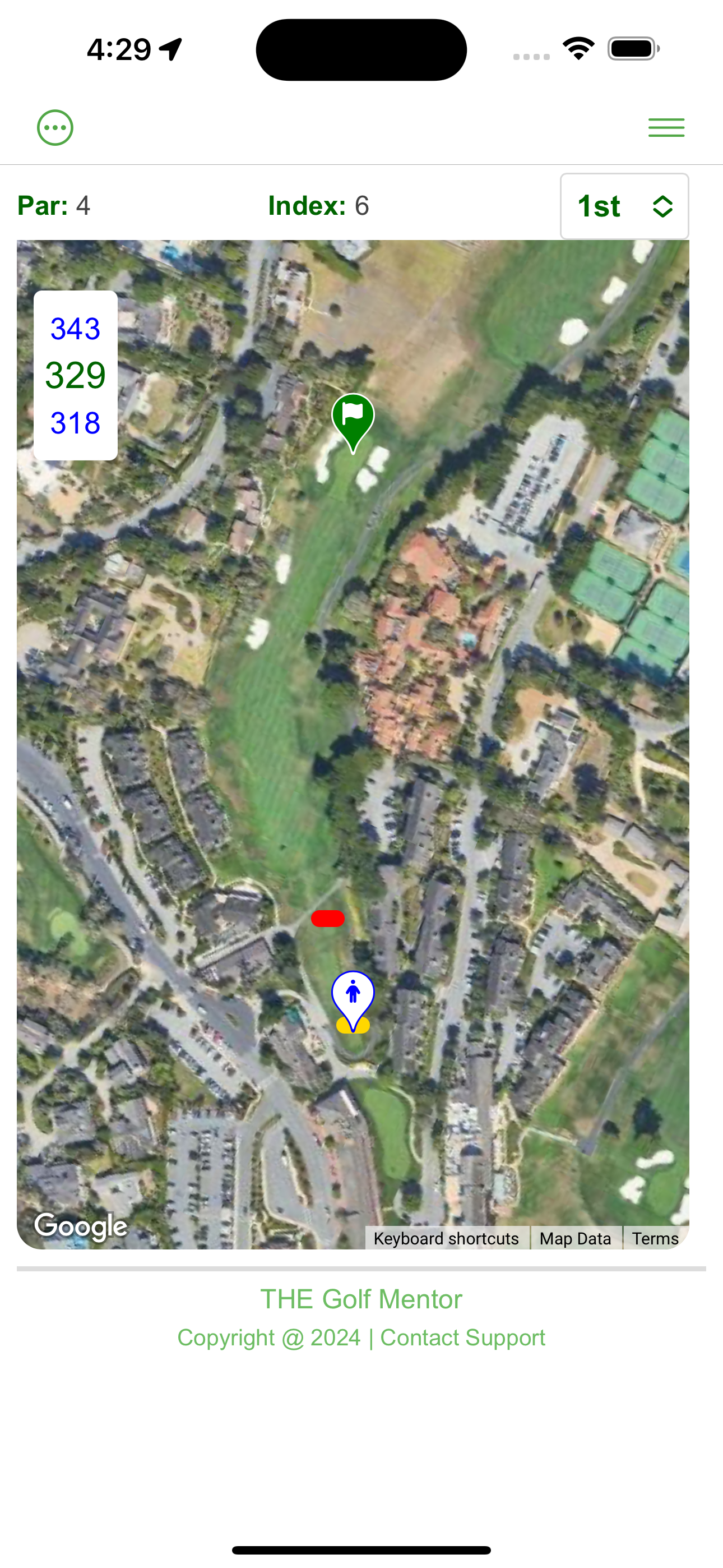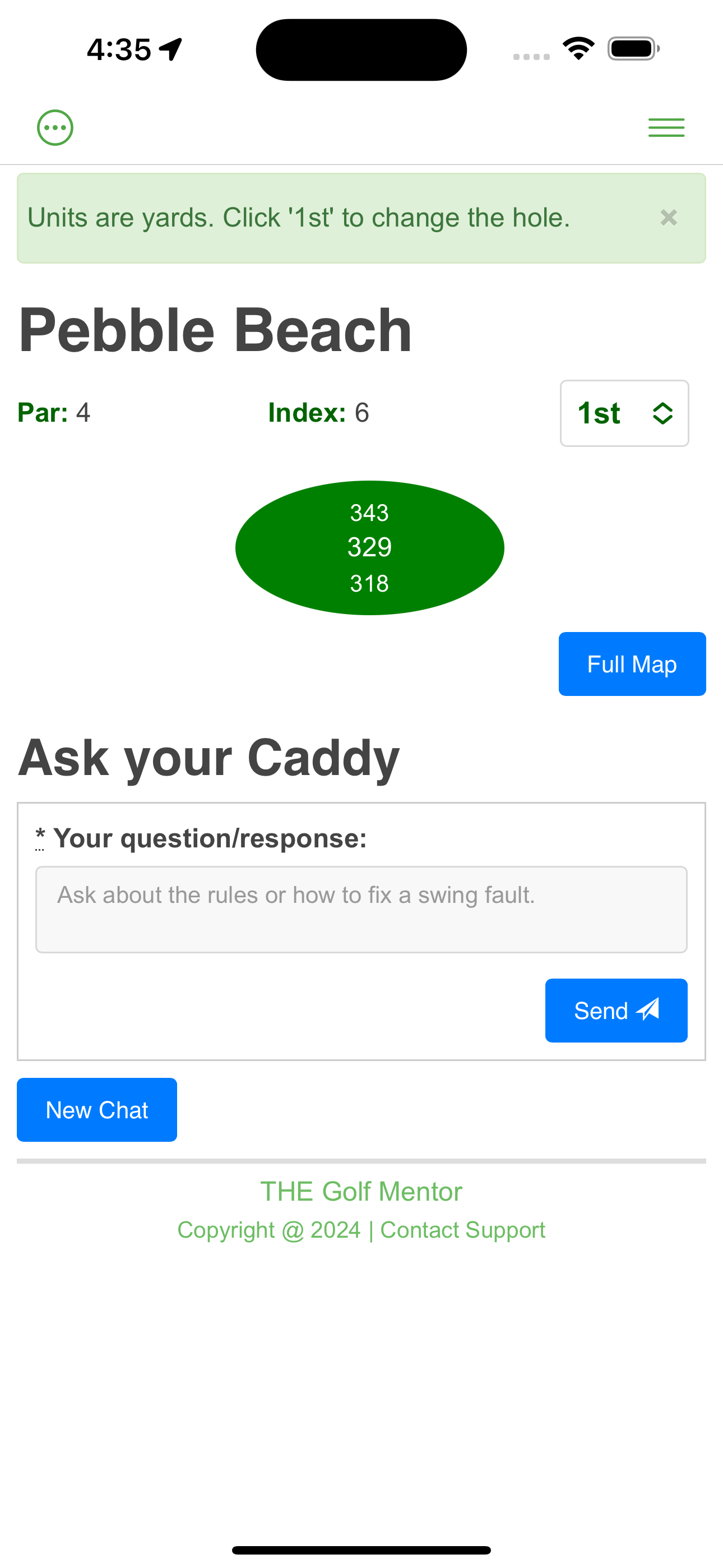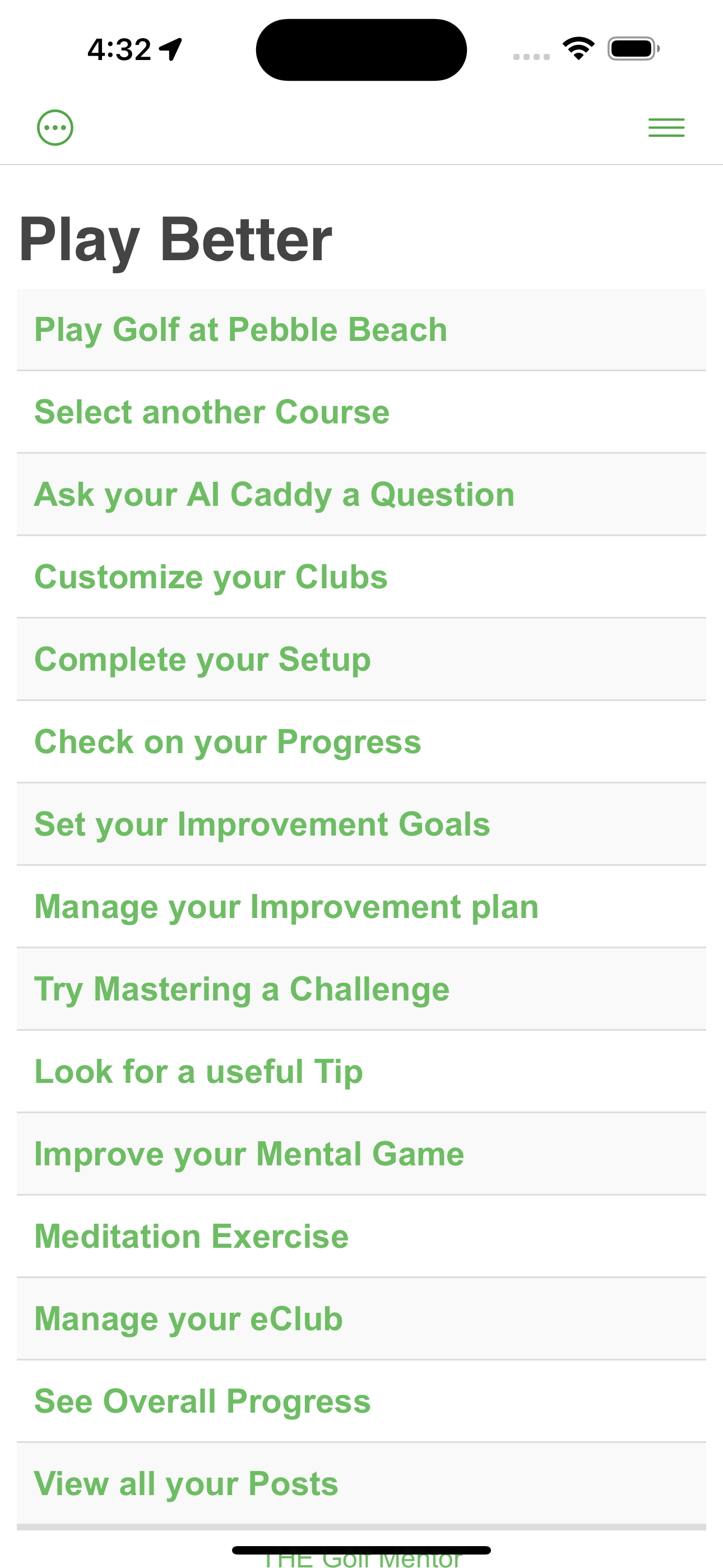Golf Rules - Part IV
Rule 26
The first thing when dealing with a water hazard is that you must be "virtually certain" that the ball is in the hazard. This is a very strong requirement, for instance, just seeing a splash may not be enough, because the ball may have skipped out of the water. Ideally, you or a reliable witness must see the ball enter the water, or you must be able to rule out all other options. If you cannot establish the ball is in the hazard, then you need to proceed with rule 27.
When a ball has landed in a water hazard, the player has two relief options from the hazard.
Firstly, you should form an imaginary line going from the point where the ball entered the hazard to the pin. You can play the ball going backwards along this line as far as you like. In this case you must take a one stroke penalty, but you can clean the ball. Secondly, you can also treat it as if it is a lost ball, and proceed under rule 27.
If the hazard is a lateral water hazard there is a third possibility. You can drop the ball two club lengths from where the ball entered the hazard, as long as it is no closer to the hole. You can also drop it on the opposite margin of the hazard, provided that is no closer to the hole. In both cases, you must take one stroke penalty but can clean the ball.
Rule 27
Ball lost or gets out of bounds
Something worth remembering is that at any time, a player can play another ball from as near as possible from the place that the original ball was hit but, and this is a big but, there will be a one stroke penalty, and of course you have lost all the distance that was gained by the original ball. This is called a penalty of stroke and distance. For example, if a player hits a ball into a dense forest, from which there is little chance of getting out without many strokes, then it is best to play another ball and take a penalty of stroke and distance.
If a ball cannot be found with five minutes, the player has to go back to where the ball was hit, and take a penalty of stroke and distance. There are some exceptions to this, for instance if it is virtually certain that a ball was moved by an external agency.
Also, if a player hits a ball out of bounds, then the same procedure applies, i.e. you have to hit another ball from the same spot as the first ball and take a penalty of stroke and distance.
A useful aspect of rule 27 is that it allows you to hit a provisional ball if your think your ball could be lost or out of bounds. To take advantage of this rule, you should declare that you are hitting a provisional ball before your partners or you go forward to search for the ball. The whole idea of the rule is to save time, so that is why you cannot go and look for the ball first. You can keep playing the provisional ball up until the time that you have reached the point where your original ball should be. At this time, there are two possibilities. The first is that you find your ball. In that case you need to continue playing your original ball, even if it is in a worse position that the provisional. If you cannot find the original ball, you your provisional ball becomes your ball in play, and you take a one stroke penalty.
An important exception is that you cannot hit a provisional ball if you simply think that the ball has gone in a water hazard, as there are separate rules to treat this case. However, if you think the ball might got been lost in the rough near a water hazard or gone into a water hazard, then you can hit a provisional. In this case, if you find that the ball has gone into the water hazard, you have to abandon the provisional ball.
Rule28
Unplayable Golf ball
A player can deem a ball unplayable at any time, provided that it is not in a water hazard. The interesting thing is that the player is the sole judge of this. Essentially, it is a get out of jail card, but unfortunately not a free one, as there is a one stroke penalty if you make this decision.
There are three choices. First you can go back and play from the original place that the ball was hit from, with a penalty of stroke and distance. Second, you can go back as far as you like on a line between where the ball lay and the hole. Third, you can drop the ball within two club lengths of where the ball lay, but no closer to the hole.
If you are in a bunker, and take the second option, then the ball must still be dropped in the bunker.
Free GPS Distances to the green



The Golf Mentor is a 24x7 golfing caddy powered by ChatGPT4. It can tell you distances to the green, has a GPS rangefinder, recommend the right club for a hole, answer any golfing question, provide you with a handicap, guide you to set goals and plan practice sessions, diagnose weaknesses, improve your mental game and much more. Try it now, the Distances to the Green and handicap are free! There is also a free 7 day trial of the many premium features including ChatGPT4 caddy and hole maps. Get serious about improving at Golf.